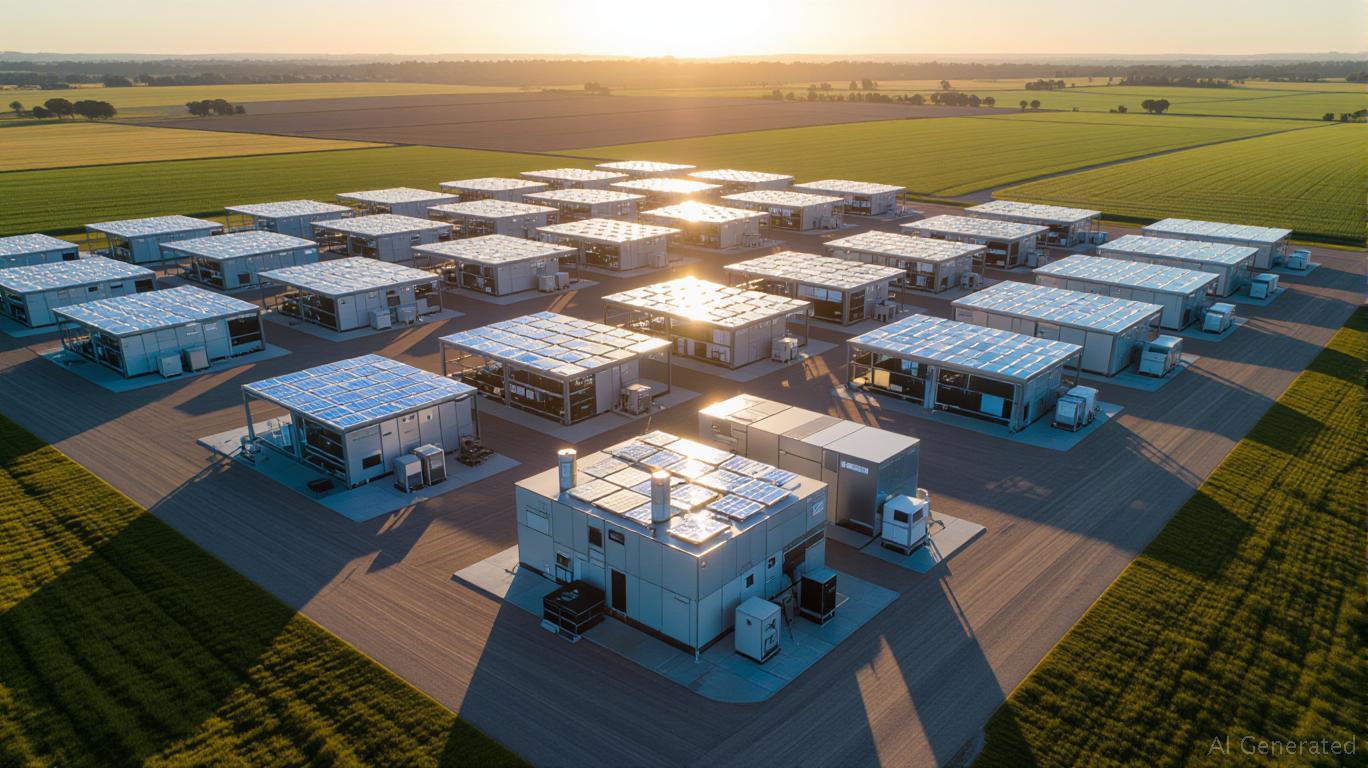The global energy transition is a high-stakes race, and right now, one Australian joint venture is pulling ahead with a breakthrough that could redefine the green hydrogen game. Sparc Hydrogen—a collaboration between Sparc Technologies, Fortescue Limited, and the University of Adelaide—is leveraging government grants and innovative technology to turn sunlight into “ultra-green” hydrogen. In an era of economic uncertainty, this project shows how strategic public-private partnerships can fast-track revolutionary solutions to climate challenges—and why investors should pay attention.

The Game-Changing Tech: Sunlight Direct to Hydrogen
Traditional green hydrogen production relies on renewable energy (solar/wind) to power electrolyzers that split water into hydrogen. But Sparc Hydrogen’s photocatalytic water splitting (PWS) skips the middleman. Using a photocatalyst and concentrated sunlight, their pilot plant at the University of Adelaide’s Roseworthy Campus converts water directly into hydrogen—no solar farms or electrolysers needed. This decouples production costs from volatile renewable energy prices, a huge advantage in remote or off-grid locations.
The project’s 2025 milestone is the completion of a first-of-its-kind pilot plant, built with $1.48 million from Fortescue and bolstered by a $2.75 million grant from Australia’s Economic Accelerator (AEA) Innovate program. This funding, paired with a prior $470,511 AEA Seed grant, totals over $3.2 million in government backing. Such grants are critical in an era where private capital is risk-averse.
Why Government Funding Matters Now
Global economic headwinds—central bank rate hikes, inflation, and geopolitical tensions—are squeezing green tech startups. Without subsidies or grants, scaling novel technologies like PWS becomes nearly impossible. The AEA’s support isn’t just funding; it’s a stamp of approval for Sparc Hydrogen’s potential to disrupt the $170 billion green hydrogen market.
This isn’t charity—it’s strategic investment. Australia aims to be a green hydrogen superpower, and Sparc Hydrogen’s Roseworthy plant positions it as a global R&D hub. The pilot’s success could lead to mass production of ultra-low-cost hydrogen, undercutting fossil fuels in industries like steelmaking and shipping.
Risks? Sure. But the Upside Is Massive
Critics will point to risks: scalability, competition from electrolysis giants, and technical hurdles in photocatalyst durability. Even with grants, Stage 2’s $2.75M covers only 24 months of R&D—what happens after? Also, Fortescue’s scaled-back hydrogen ambitions (trimming its 15 million-tonne target) hint at industry-wide cost pressures.
But here’s why I’m bullish:
1. First-mover advantage: No other PWS facility exists at this scale.
2. Cost efficiency: Eliminating electrolysers and grid reliance slashes capital expenditures.
3. Government credibility: Australia’s AEA is part of a global trend where nations pour money into green tech to create jobs and energy independence.
Invest With Caution—But Invest
This isn’t a “buy now” call—it’s a “watch closely” alert. Sparc Technologies (SPARC) and Fortescue (FMG) are speculative plays, but their stock charts over the past year show volatility. Wait for positive catalysts: successful pilot plant testing, partnerships with buyers, or additional grants.
For aggressive investors, allocate 2-5% of a diversified portfolio to these stocks. If PWS proves viable, the payoff could be enormous. Even a fraction of the global hydrogen market would make Sparc Hydrogen a titan.
Final Take: Government Funding Is the Rocket Fuel—But the Tech Must Ignite
Sparc Hydrogen’s story isn’t just about grants—it’s about innovation in extreme conditions. With economic uncertainty stifling private investment, public support is the oxygen keeping this revolution alive. If the pilot plant’s July 2025 commissioning goes smoothly, watch for Sparc to leapfrog competitors.
In Jim Cramer’s words: “This is a moonshot—but the rocket’s already on the launchpad.”
Stay tuned to the data, and don’t miss the liftoff.




